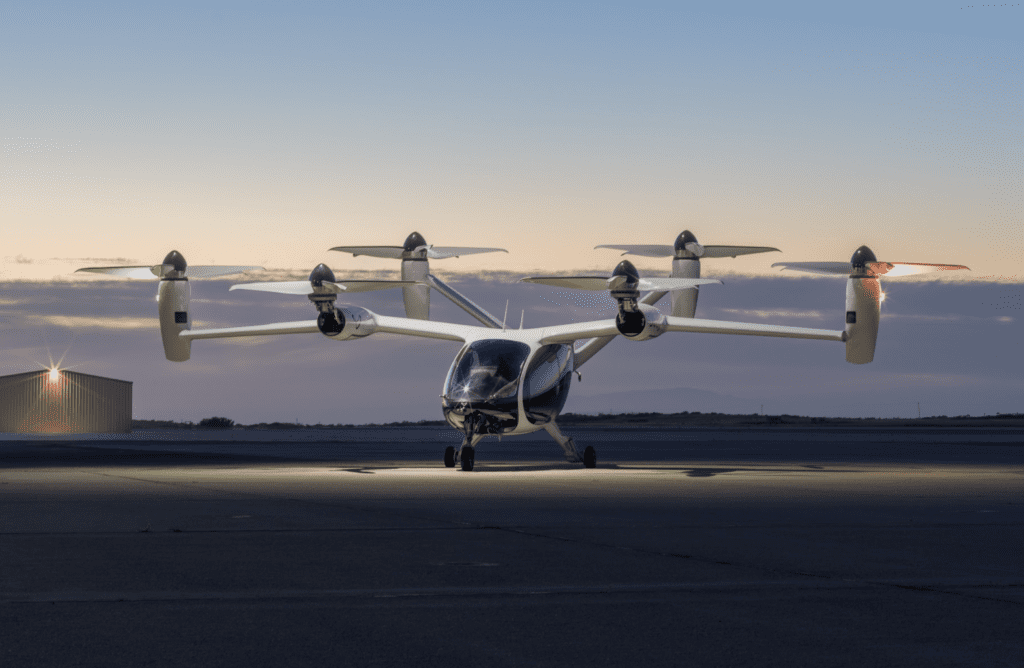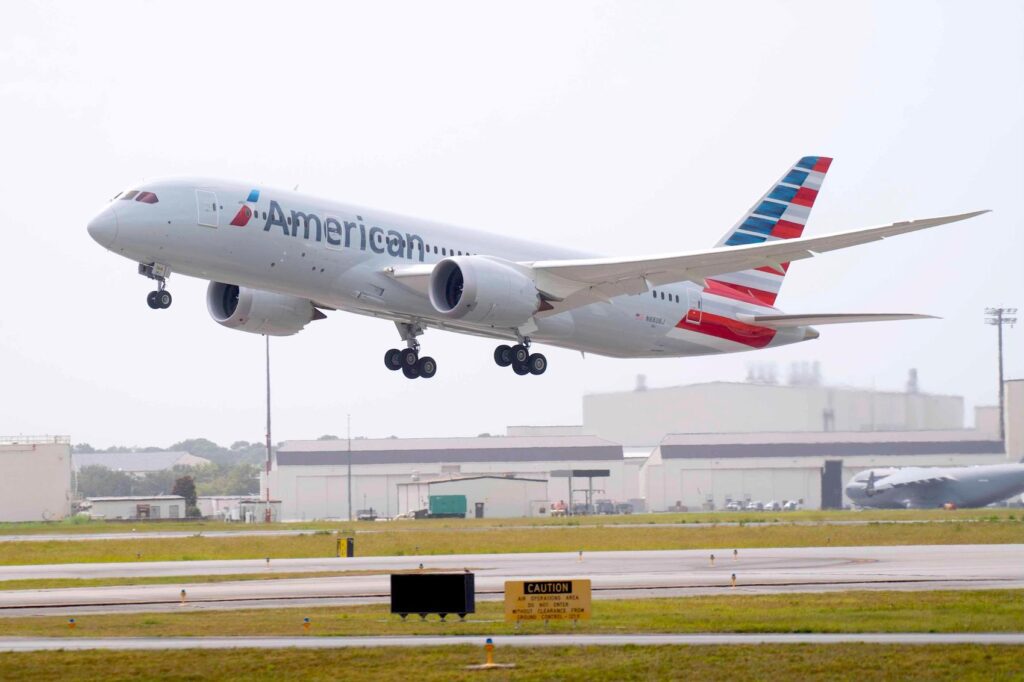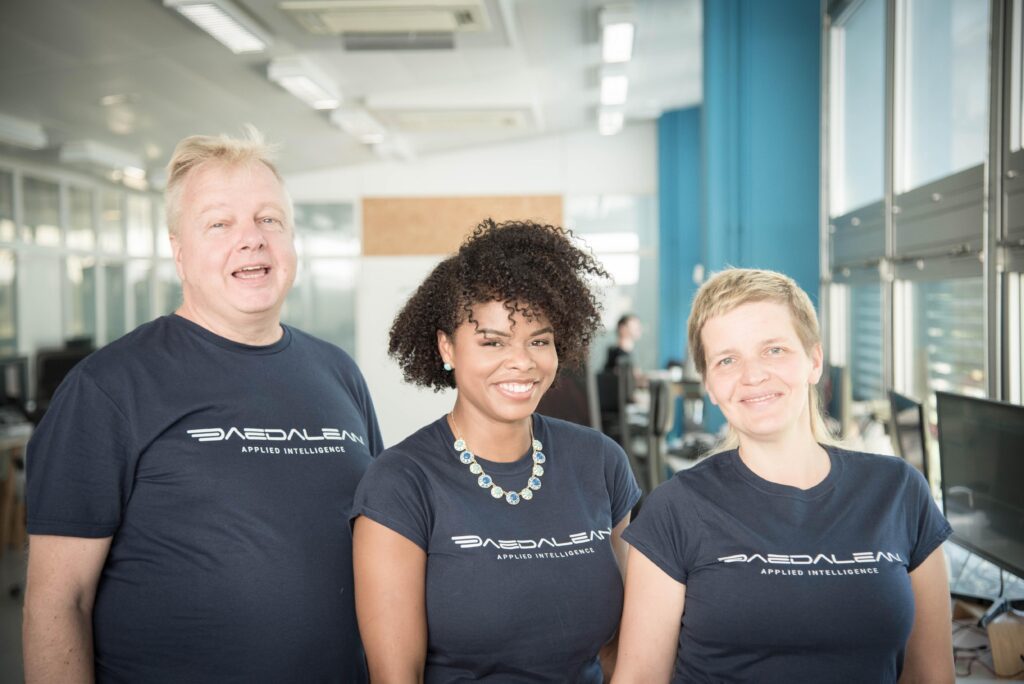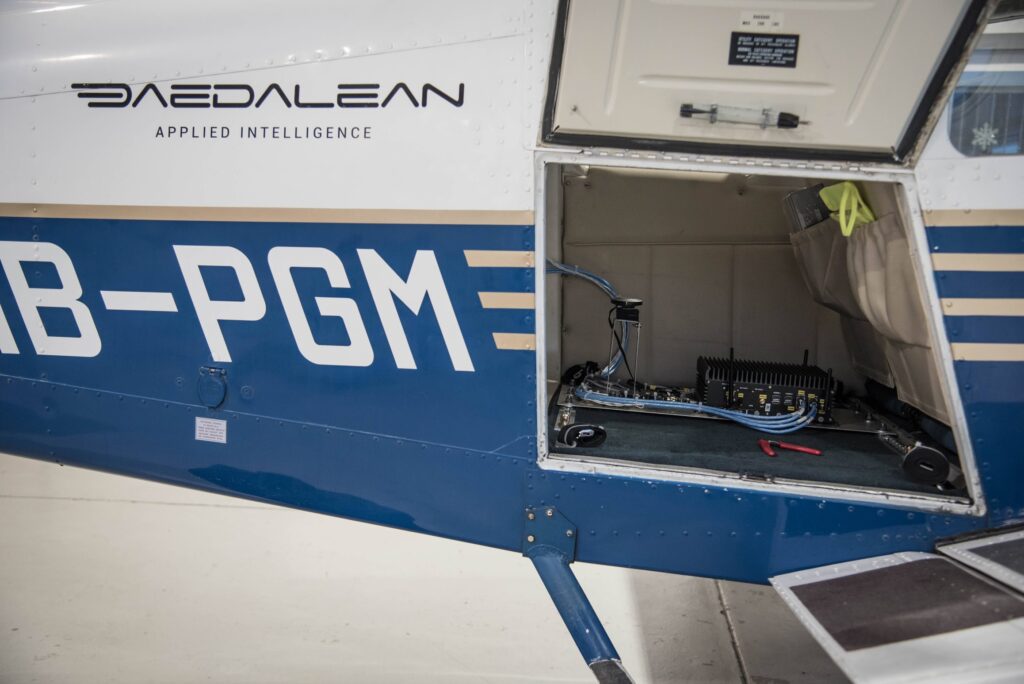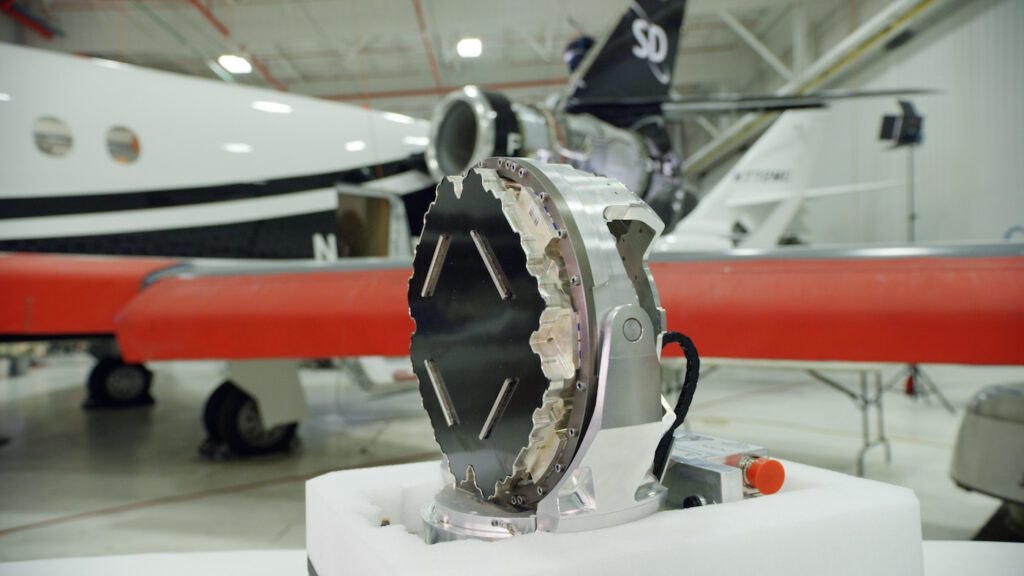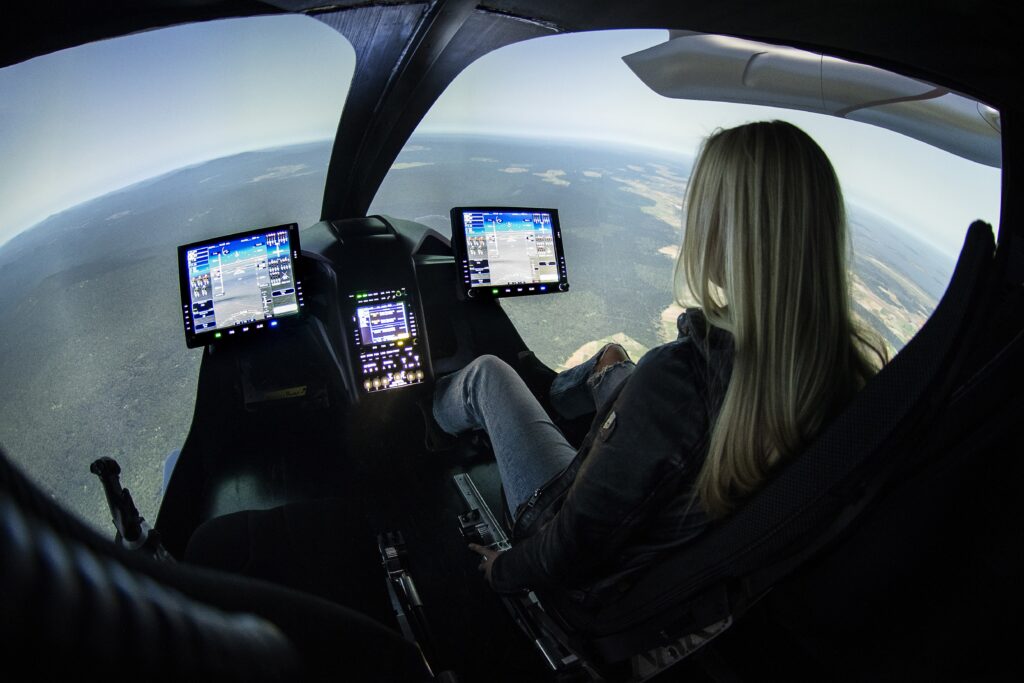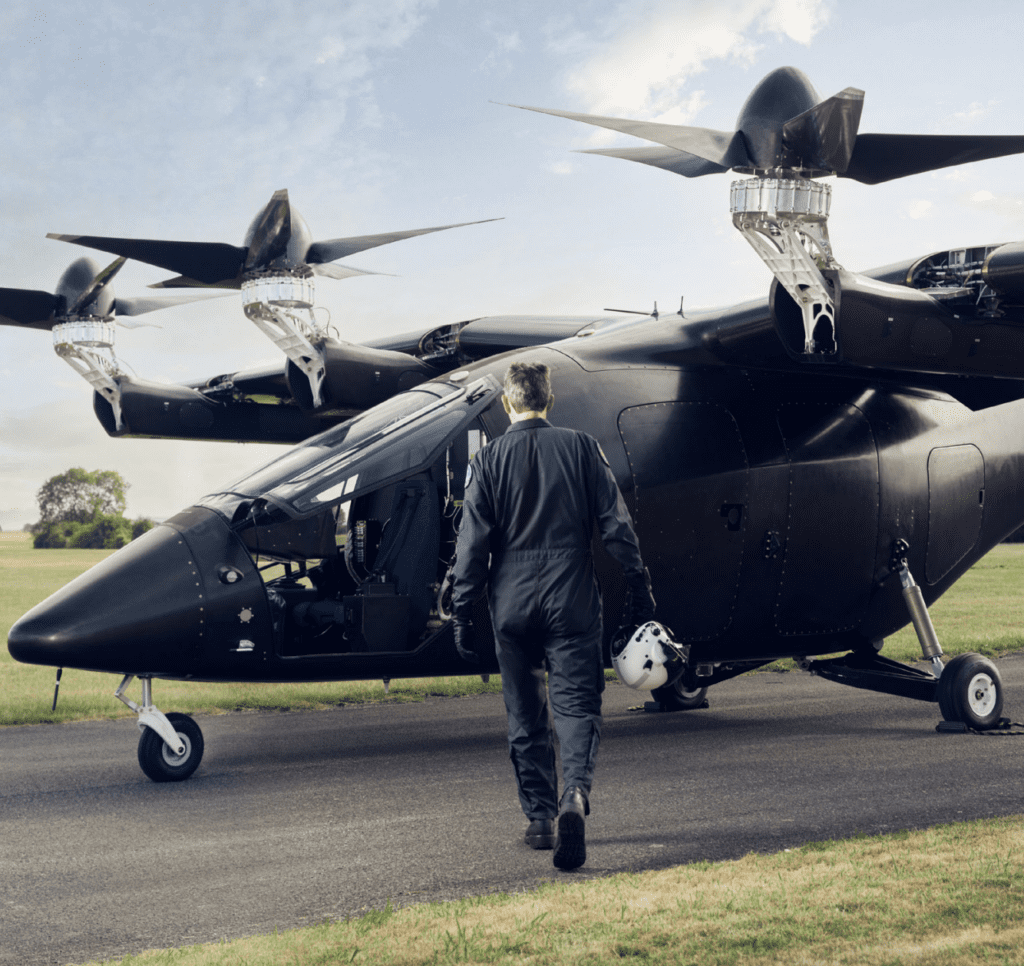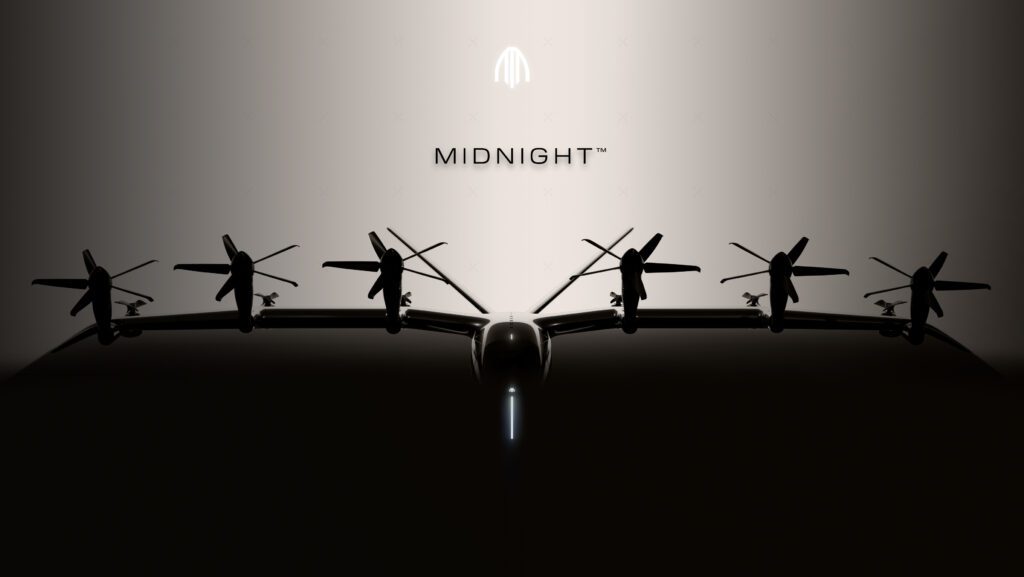
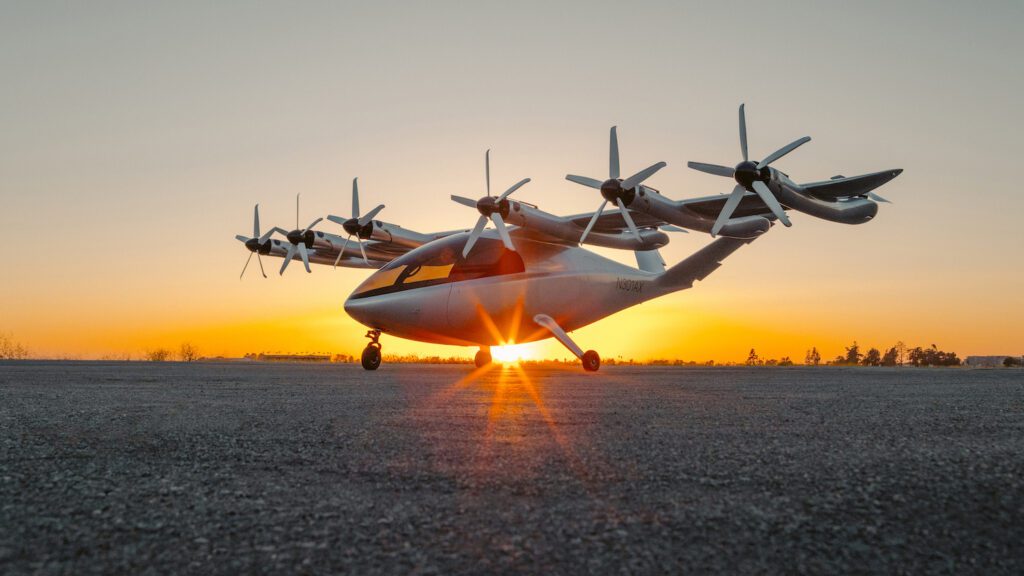
United Airlines provided a $10 million pre-delivery payment to Archer Aviation for 100 eVTOL aircraft. Archer recently held an earnings call to share financial results from the second quarter of 2022. The team revealed that its production aircraft, Midnight, is expected to begin flight testing next year. (Photo: Archer)
On August 10, Archer Aviation announced that it received a $10 million pre-delivery payment from United Airlines for 100 of Archer’s production aircraft, an electric vertical take-off and landing (eVTOL) vehicle. The eVTOL developer also held an earnings call to review its financial results from the second quarter of 2022.
Archer’s co-founder, CEO, and director Adam Goldstein revealed the name of their production aircraft, Midnight, during the earnings call. Archer’s prototype eVTOL, the Maker, has served as a testbed for supporting the development of the Midnight production aircraft that will eventually be certified with the Federal Aviation Administration. Goldstein also shared that Archer completed the Preliminary Design Review of its Midnight eVTOL this past week. The team plans to start flight testing of Midnight in 2023.
Goldstein remarked on the new pre-delivery payment from United, saying, “I am incredibly proud of the entire Archer team as we reach this milestone in our partnership with United Airlines. To receive a cash deposit is validation of Archer’s achievements to date, not only with flight testing and product development, but also a great signal of confidence in our roadmap to commercialization.”
United Airlines has previously supported Archer in the process of developing its eVTOL. Archer and United formed a joint advisory committee in April. The committee supports the development process with recommendations for maintenance and operational concepts. United also entered into a partnership with Archer in early 2021 that included the intent to purchase 200 of Archer’s eVTOL aircraft.
According to the company’s announcement about the pre-delivery payment from United, Archer has recently finished the Preliminary Design Review (PDR) of its production aircraft: “The PDR lays out all aspects of the aircraft’s specifications and manufacturing requirements, necessary pre-conditions for determinations that the design is feasible for regulatory compliance and viable to bring to market.”
During the PDR, Archer’s team reviewed and froze key design elements of the Midnight eVTOL. Archer now continues to work with the FAA to ensure agreement on the Means of Compliance for Midnight.
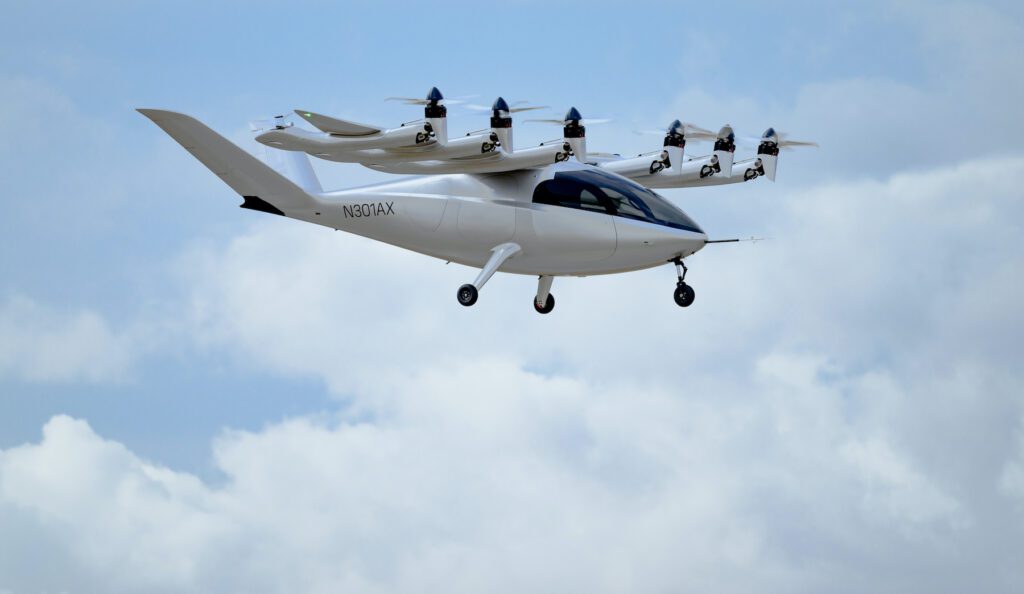
Michael Leskinen, President of United Airlines Ventures, commented, “We believe eVTOLs have the potential to both help achieve carbon-neutral travel and serve as an innovative new tool to change how United customers experience comfort, convenience, and efficiency during their commutes within cities across the globe.” (Photo: Archer)
The Q1 financial results for Archer included GAAP operating expenses of $65.3 million, non-GAAP total operating expenses of $39.6 million, and net loss of $59.2 million.
In comparison, the numbers for Archer’s Q2 included GAAP operating expenses at $80.2M, non-GAAP operating expenses at $50M, and net loss of $71.7M.
The company expects GAAP total operating expenses for the third quarter to total between $95M and $103M.
During the Q2 earnings call, Adam Goldstein stated that the company is now at an inflection point and is advancing its efforts towards commercialization. “This includes the development and certification of our production aircraft, building out the supply chain and manufacturing infrastructure needed to produce the aircraft and kicking off efforts to prepare for our initial launch markets and routes for commercial operations,” he said.
According to Goldstein, the Maker aircraft allowed the team to validate multiple capabilities of the 12 tilt 6 configuration along with decisions regarding software and flight controls for their eVTOL. The production aircraft, Midnight, was designed for optimal performance in commercial operations. The payload, range, and speed, along with other performance requirements, have been selected specifically to optimize operating economics.
“The vast majority of our 400-plus employees are working day-to-day on the development and certification of Midnight as well supporting go-to-market activities,” said Goldstein.
Archer recently completed the first two phases of the flight test program for the Maker aircraft—hover and critical azimuth. The third phase currently underway includes evaluation of Maker’s system performance at increasing forward speeds, Goldstein said. Archer’s team is on track to perform the first full transition hovered fixed wing flight by the end of 2022.

Archer Aviation recently revealed the name of its production aircraft, Midnight, pictured above. (Photo: Archer)
Archer’s Chief Operating Officer Thomas Muniz explained during the earnings call that Midnight is designed specifically for high throughput urban air mobility transportation. The aircraft is expected to offer a payload greater than 1,000 pounds. Midnight may also be capable of charging in only 10 minutes between flights of roughly 20 miles.
“We are ramping up our manufacturing and supply chain activities as well as progressing the build of an initial Midnight aircraft that will enter flight tests next year,” Muniz said. “We anticipate parts for the Midnight aircraft will start arriving at our low rate initial production facility later this year.”
Muniz also shared that the team has performed some wind tunnel testing with the Maker aircraft. “We are currently building our final high-fidelity models to launch our final wind-tunnel test campaign in the coming months,” he added.
The post Archer Receives $10M Pre-Delivery Payment from United Airlines for 100 eVTOLs, Shares Q2 Financial Results appeared first on Aviation Today.
—————
Boost Internet Speed–
Free Business Hosting–
Free Email Account–
Dropcatch–
Free Secure Email–
Secure Email–
Cheap VOIP Calls–
Free Hosting–
Boost Inflight Wifi–
Premium Domains–
Free Domains








